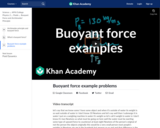
A couple of problems involving Archimedes' principle and buoyant forces. Created by Sal Khan.
- Subject:
- Physical Science
- Physics
- Material Type:
- Lesson
- Provider:
- Khan Academy
- Provider Set:
- Khan Academy
- Author:
- Sal Khan
- Date Added:
- 08/10/2021

A couple of problems involving Archimedes' principle and buoyant forces. Created by Sal Khan.
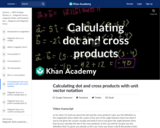
Calculating the dot and cross products when vectors are presented in their x, y, and z (or i, j, and k) components. Created by Sal Khan.
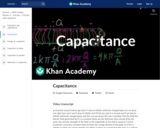
Introduction to the capacitance of a two-plate capacitor. Created by Sal Khan.
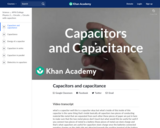
A basic overview of capacitors and capacitance. By David Santo Pietro.

The effect on voltage and current when capacitors are constructed in parallel in a circuit. By David Santo Pietro.
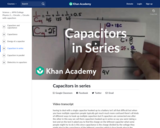
When capacitors are connected one after another, they are said to be in series. For capacitors in series, the total capacitance can be found by adding the reciprocals of the individual capacitances, and taking the reciprocal of the sum. Therefore, the total capacitance will be lower than the capacitance of any single capacitor in the circuit. Created by David SantoPietro.

Chemistry 2e is designed to meet the scope and sequence requirements of the two-semester general chemistry course. The textbook provides an important opportunity for students to learn the core concepts of chemistry and understand how those concepts apply to their lives and the world around them. The book also includes a number of innovative features, including interactive exercises and real-world applications, designed to enhance student learning. The second edition has been revised to incorporate clearer, more current, and more dynamic explanations, while maintaining the same organization as the first edition. Substantial improvements have been made in the figures, illustrations, and example exercises that support the text narrative. Changes made in Chemistry 2e are described in the preface to help instructors transition to the second edition. The first edition of Chemistry by OpenStax is available in web view here.

College Physics meets standard scope and sequence requirements for a two-semester introductory algebra-based physics course. The text is grounded in real-world examples to help students grasp fundamental physics concepts. It requires knowledge of algebra and some trigonometry, but not calculus. College Physics includes learning objectives, concept questions, links to labs and simulations, and ample practice opportunities for traditional physics application problems.
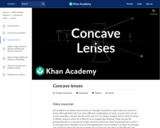
An introduction to Concave Lenses. Created by Sal Khan.
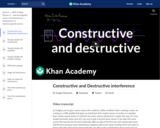
In this video David explains what constructive and destructive interference means as well as how path length differences and pi shifts affect the interference. Created by David SantoPietro.
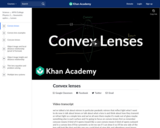
An introduction to Convex Lenses. Created by Sal Khan.

Some Convex Lens Examples. Created by Sal Khan.
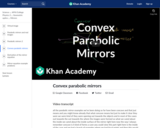
In introduction to Convex Parabolic Mirrors. Created by Sal Khan.

Introduction to the cross product. Created by Sal Khan.
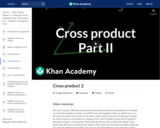
A little more intuition on the cross product. Created by Sal Khan.
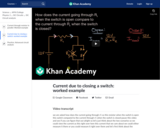
Find the current due to closing a switch using equivalent resistance and Ohm's law.
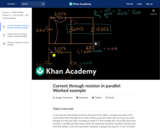
How to calculate the current through a resistor in parallel using equivalent resistance and Ohm's law.

In this video, David explains how Louis De Broglie got his Nobel Prize for the idea of matter having a wavelength.
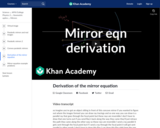
In this video David derives the mirror equation and magnification equation. Created by David SantoPietro.
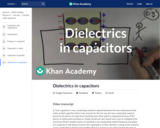
How dielectrics function in circuits. By David Santo Pietro.